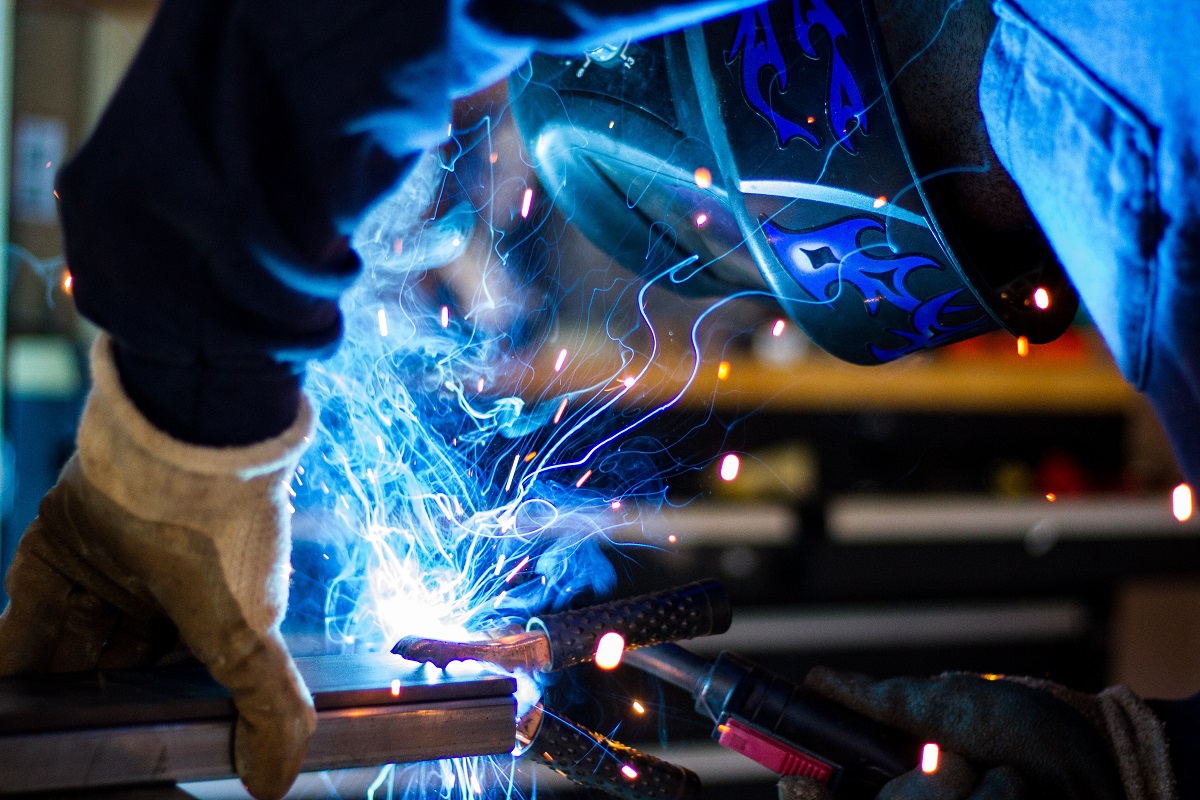China has boosted the benchmark levels of energy efficiency required by its major aluminum sector over the next three years, requiring more than 30% of existing capacity to comply with new energy requirements by 2025.
According to a paper released on February 11 by China’s National Development and Reform Commission, or NDRC, China is trying to increase energy efficiency levels in energy-intensive sectors such as copper and zinc, spglobal.com writes.
Aside from basic aluminum, the paper said that more than half of the smelting capacity in the copper, zinc, and lead sectors should follow the new energy efficiency level by adopting energy-saving and decarbonization solutions.
According to the NDRC, a capacity that does not match the new efficiency requirements must be deleted.
The NDRC guideline issued on February 11 focused on energy savings and decarbonization of energy-intensive sectors like steel, ferroalloys, and nonferrous metals.
By the end of 2020, around 40% of copper and lead smelting capacity had surpassed the energy-efficient standards, while 10% had fallen below the baseline level.
In the case of zinc, about 30% of smelting capacity was more than the benchmark level, while 15% was less than the benchmark level.
Meanwhile, 10% of primary aluminum smelting capacity exceeded benchmark efficiency norms, while 20% fell below the baseline level.
According to the paper, the baseline level of alternating power consumption was established at 13,350 KWh/mt, while the benchmark level for primary aluminum liquid production was 13,000 KWh/mt.
Last year, the NDRC and three other agencies announced joint energy-efficiency objectives for companies with high energy use and significant carbon emissions.
This criterion went into effect on January 1, with the goal of halting the rapid construction of projects with massive environmental and energy footprints. This was in keeping with the NDRC’s action plan, which included severe energy-efficiency objectives for 2021-2025 in order to promote energy savings and decarbonization.

